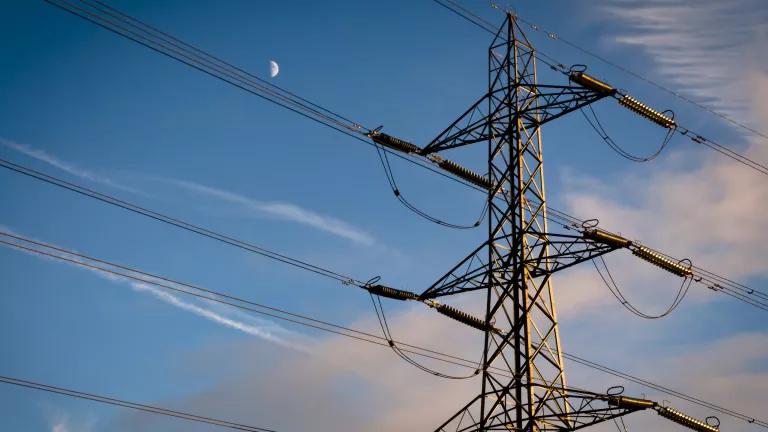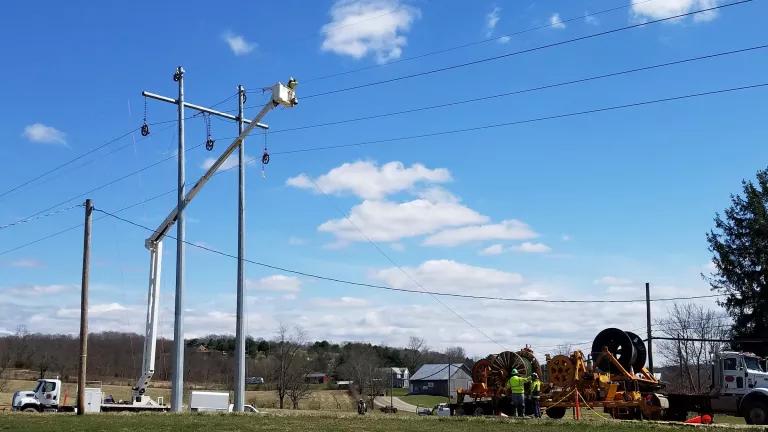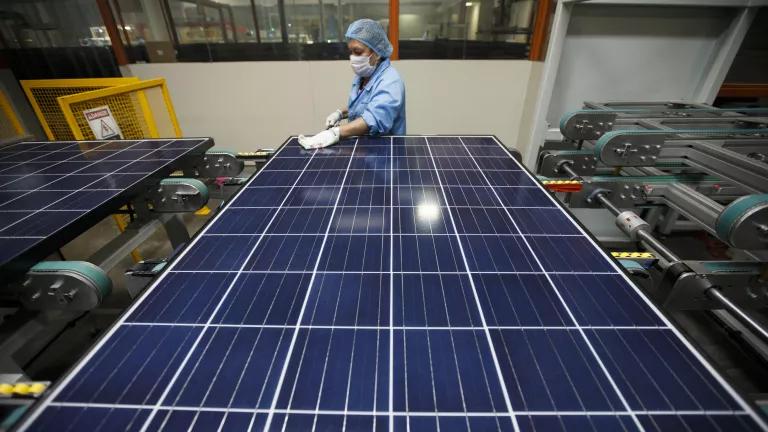In a story last week that made waves, utility giant Xcel announced that they were cancelling plans to build a utility-scale wind farm in North Dakota. According to Xcel, the culprit for the cancelation of the project was endangered wildlife. In a Securities and Exchange filing, Xcel stated that uncertainty and costs to mitigate impacts to endangered or threatened species was “a major factor” in terminating the planned 150 MW Merricourt Wind Project. No other reasons were provided by Xcel for the cancellation. Given Xcel’s pithy statement, headlines ran with the frame that birds were impeding wind’s progress and promise:
“Xcel Energy Pulls Out of Wind Farm Plan Over Rare Bird Concerns”
What was lost in the spin of the headlines was the question of whether the original decision to site this project in this particular area was a good idea to begin with. A deeper examination reveals that those involved in choosing this locale might have overlooked some telling signs. For instance, early in the siting process, U.S. Fish and Wildlife Service (FWS) sent a letter in 2009 to Xcel and its construction partner enXco, notifying the developers that the predetermined site had serious issues regarding possible conflicts with critical wildlife. FWS also communicated to the developers that the Merricourt site was seemingly chosen by the developers primarily based upon the richness of the wind resource, but considerations for potential ecological issues did not seemingly enter into their calculus:
“From the information provided, it appears that no alternative sites were considered for development, nor were potential impacts to wildlife and their habitats taken into account in the selection of the proposed wind power development site.”
For the next two years though, Xcel and enXco continued toward completion of the site while also entering into a consultation process with FWS in developing a habitat conservation plan to deal with some of the outstanding issues pertaining to whooping cranes. So when Xcel suddenly pulled out of the project last week, many individuals familiar with the process, including enXco, were reportedly taken by surprise. In a press account in the Bismarck Tribune, one of the North Dakota Public Service Commissioners overseeing the permitting process, Brian Kalk, told the paper, “I don’t see anything different in what the [Fish & Wildlife] service was asking for in this than in others,” Kalk said. “We’ve done projects that are more difficult than this one.” Kalk went on to state that he was dubious of Xcel pinning responsibility on the FWS for the cancelation of the project, “I don’t like the implication that they’re trying to blame someone.”
Xcel’s decision will quite likely prove to be the most prudent one given the serious ecological questions surrounding the Merricourt site. And Xcel should be commended for a decision that acknowledges that wind development should not occur where the risks to endangered wildlife are too great. However, what is unfortunate in how this decision played out publicly was that it perpetuated the false dichotomy that renewable energy and wildlife cannot coexist. Instead, we saw whooping cranes being scapegoated for the failure of a wind project - with the FWS being cast as a coconspirator. Rather, what should have been and needs to be emphasized repeatedly is how critical it is for developers to make smart decisions early in the siting process. While it might take some time to fully discern what happened in regard to the Merricourt decision, too often we have seen developers embrace a site based upon the richness of the energy resource, but put blinders on in not being discriminating enough for potential biological issues. If there is anything we do know about the planning for renewable energy projects is that smart siting decisions need to occur from the start to avoid crippling conflicts with sensitive biological resources. Only this can ensure that these substantial financial investments are not ultimately compromised, while also ensuring that critical wildlife and habitat are duly conserved.




